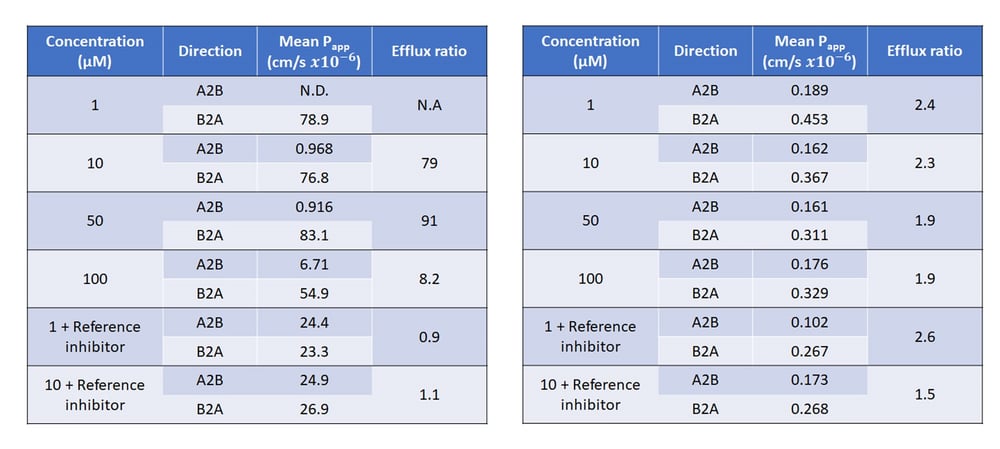Cardiotoxicity is one of the most reported adverse effects that leads to pre-clinical and clinical drug failure. To tackle this, the International Conference of Harmonization (ICH) S7B guideline in 2005, proposed a non-clinical assessment of new drug entities using in vitro electrophysiology studies (typically hERG ion channel) and in vivo telemetry in animal models. Although these are very sensitive approaches, they may have also led to unwarranted drug attrition of many potentially valuable therapeutics due to the low specificity nature of the assays.
More recently, the Comprehensive in vitro Proarrhythmia Assay (CiPA) initiative was proposed by experts in the field and was established to move safety pharmacology towards in silico and in vitro approaches utilising new and emerging technologies such as stem-cell-derived cardiomyocytes. Building on this new safety paradigm, colleagues from Evotec and Cyprotex have worked collaboratively to develop a non-clinical model using cutting-edge techniques with improved predictive power to de-risk cardiotoxicity in early drug discovery. We have presented the output of this work in a research article titled “In-depth mechanistic analysis including high-throughput RNA sequencing in the prediction of functional and structural cardiotoxicants using hiPSC cardiomyocytes” published in a recent edition of Expert Opinion on Drug Metabolism and Toxicology.
In this article, we describe the use of human-induced pluripotent stem cell-derived cardiomyocytes (hiPSC-CMs) as an in vitro model system together with three high-throughput technologies incorporating structural assays (high-content imaging, HCI), functional assays (Ca2+ transience, CaT) and high-throughput RNA-sequencing (ScreenSeq) for the pre-clinical risk assessment of novel compounds. The transcriptional responses of hiPSC-CMs to 24 h treatment with 33 cardiotoxicants (12 structural cardiotoxicants, 14 functional cardiotoxicants, 7 structural/functional cardiotoxicants) and 9 non-cardiotoxicants of mixed therapeutic indications were investigated and compound-induced differential gene expression (DEG) was calculated in comparison with vehicle treated controls. Likewise, the hiPSC-CMs responses to six structural readouts (cell count, cellular ATP, mitochondrial mass, mitochondrial membrane potential, calcium content, DNA structure and nuclear size) and four functional readouts (amplitude, frequency, peak width and decay time) were analysed. In summary, hiPSC-CMs recapitulated expected structural and functional toxicity mechanisms, validating their use as in vitro model system to detect and characterize modes of toxicity. ScreenSeq identified several molecular mechanisms of toxicity such as alterations in cardiac pathways, genotoxicity, ER stress and mitochondrial toxicity. Together, HCI, CaT and ScreenSeq provided the best cardiotoxicity prediction metrics (10x Cmax: 100% specificity, 82% sensitivity, 86% accuracy; 25x Cmax: 89% specificity, 91% sensi-tivity, 90% accuracy).
This study not only provides invaluable cardiotoxic mechanistic information of the drugs tested, but it also demonstrates the potential of this mechanism-driven risk assessment approach in predicting drug-induced cardiotoxicity in hiPSC-CMs.
Read the paper.
Read more about our Cardiotox Screen assay consisting of both a functional assay (examining the mechanical function of the cardiomyocytes) and a structural assay (assessing morphological changes and loss of viability).
In addition, discover more about our transcriptomics offerings here.
Find out more:


